An interview with Narain Karthikeyan in Top Gear India Magazine 2012
(This article first appeared in the May 2012 issue of TopGear India Magazine)
It’s a mid-summer morning in Coimbatore. It’s unusually cool, as we stand in front of a huge white gate. Soon, a security guard escorts us to an outhouse in one corner of a big compound lined with trees and a well-manicured lawn that gives you the impression of an English courtyard.
Except for a beautiful black 911, there is not a hint that we are soon to be in the company of an F1 driver. And then, with two playful dogs jumping all over, Narain Karthikeyan emerges and leads us to the drawing room, adorned with trophies and memorabilia. The 2005 Jordan F1 helmet stands out, reminding us of the glory of an Indian first competing in Grand Prix racing.
Narain has just returned from Malaysia, and sits in his typical relaxed style. “It’s one of those rare days when I spend time at home between F1 races,’’ he says, to begin his free-wheeling interview with TopGear. With the rain-lashed performance still fresh in his mind, he speaks for the first few minutes about Malaysia. The mastery of how he piloted his car in the pelting rain at Sepang again showcased Narain’s driving skills.
“It was a great feeling to dominate in the rain and I thoroughly enjoyed it. I’ve always said I’m as quick as anybody else out there. But we knew the car wouldn’t sustain the pace once it dried up. It yielded nothing in terms of the result, but it was nice to prove your talent and show the control you have on the car in such adverse conditions, even if only for a few minutes,’’ he says. On the last lap before the race was red-flagged, the HRT driver was in 10th place and his sector-one time of 42.4s was faster than the nine drivers ahead of him. Only Lewis Hamilton of McLaren, who also flourishes in rain, came close, with a time of 42.9s.
As we settle down, Narain speaks about his father, GR Karthikeyan’s influence on him. “My dad was a rally champion in his time, and the great S Karivardhan was a relative, so the sport ran in my family blood. It became my childhood passion and I was very stubborn about becoming an F1 driver. My father encouraged me a lot but he also knew it was a daunting task,’’ Narain explains. “If you really want to become a professional racing driver, you go and train in Europe, to see if you have it in you to make it big,’’ Narain recollects his father’s words. “I was still a schoolboy and my father thought once I saw the tough competition and the difficulties of competing in Europe, I’d give up,’’ Narain feels.
“That’s how I landed in France at the Elf School,’’ he points out. That was 1992, just after finishing school in Stanes Anglo Indian School in Coimbatore, and “I was all of 15 and raring to go. I impressed my teachers at the Elf Winfield Racing School, making it to the semi-finals of the end-of-the-course race,’’ he says. It was in the Pilote Elf Race for Formula Renault cars that his inherent talent was spotted. “Frankly, I didn’t understand that getting into Formula 1 is such a gigantic task. In hindsight, I feel it was a blessing in disguise, as I might have given up, had I known the tremendous difficulties one faces,’’ he confesses.
“But I’m glad I worked with single-minded determination. It was always going to be tough since motorsports was primitive in India in those days,’’ feels Narain.
Talking about his childhood pranks and how he and his friends used to ‘steal’ cars and do all kinds of stunts, he notes: “Those days, Coimbatore roads were not so busy and we used to take on empty streets… and I remember doing a Mahindra jeep when I was in Class 8. I had great fun, sliding, throwing-out and what-not,’’ he says while giggling.
On a serious note, he talks about how Karivardhan transformed motorsport in India. “Kari was a genius. He built completely indigenous racecars at a very cheap price, which allowed young race drivers to practice in single-seater cars. Those days when racecraft was virtually nil, and only a few understood the intricacies of Formula racing, he promoted motorsports and encouraged young talent,’’ Narain says.
After his debut podium in Formula Maruti in 1993, Narain returned to Europe to gain valuable experience in the Formula Vauxhall Junior Championship. Then came his first chance to watch an F1 race live, at the Portugal Grand Prix in 1994. He was driving the F1 support race and became the first Indian to win any race in Europe at the British Formula Ford Winter Series. “It was an amazing experience watching an F1 race and it only reinforced my dream,’’ says Narain, whose pioneering work laid down a path for other Indians to follow.
He crossed hurdle after hurdle and became the first Asian to win the Formula Asia International series in 1996. He moved back to England to make his debut in British F3 in 1998, after which he took time to settle down and finished third in the last two races. Five podium finishes, including two great victories at Brands Hatch in 1999, got him sixth place in the championship. In 2000, his third year in British F3, he did a notch better, moving up to fourth place, getting a pole position and fastest laps in Macau Grand Prix. He peaked with two stunning victories at Spa Francorchamps and Korea Super Prix, which got the attention of the world and soon landed him a test drive with Jaguar Racing.
And that is how Narain Karthikeyan became the first Indian to test a Formula One car at Silverstone, on 14 June, 2001. His amazing performance got him two more test drives for the Jordan F1 team in October and September, but it was a long wait till 2004 before he got an F1 call from Minardi. That effort proved futile because he couldn’t raise sponsorship money.
“You can master the sport and do everything you can, but when it comes to sponsorship I keep my fingers crossed even today. Nothing has changed even after reaching the zeniths of driving skill. One moment, I go down to utter despair, but then, I find a glimmer of hope somewhere. It was the same in 2004, and even now. But in all these periods of uncertainty, I trained hard and kept myself ready. In all the ups and downs, I thank Tata for steadfastly supporting me in my grueling journey from F3 to F1, and even today,’’ Narain says thankfully.
With his F1 career on the backfoot, Narain took time out for family and married Pavarna in 2004. “I met her through a common friend in 2001. For an outsider, the racing life looks very glamourous and glitzy but for your own family and wife, it’s very hard to cope with the rigorous and unconventional lifestyle. But Pavarna has been a stabilising factor in my life and has stood as a pillar of strength,’’ says Narain.
In Februray 2005, at the Australian Grand Prix in Melbourne, the deal with Jordan saw him qualify 12th on the grid, ahead of giants like Michael Schumacher. On March 6, he created history when he became the first Indian to drive in Formula 1. He finished 15th in that first race. The rest as they say is history.
Narain continued in Formula 1 as a test driver for Williams in 2006 and 2007, in his struggle to keep racing at the top level. And just when the world believed his racing career was over, he landed a drive with HRT in 2011. “I always said I still have the mettle and Formula 1 is a continuing dream. So I trained extra hard to realise that dream of driving in front of the home crowd as F1 made its debut in India,’’ he says with a smile.
Narain continues to live that dream for another year with HRT. Asked if missing the podium in 2005 at the Formula 1 US GP was his biggest disappointment, he says: “With only six cars, I came fourth. But my greatest regret is not winning in Macau in 2000. Starting from pole, I was doing the fastest laps. It was over-exuberance and I was pushing too hard and made a stupid mistake. I was not mature enough. A win here at one of the toughest circuits in the world could’ve changed my entire career path,’’ he says a tinge of sadness.
“But I bounced back and retrieved whatever I could with dedication and hard work. That’s when I realised the importance of training hard. Now my training regimen is very strict. I do weights, endurance and specific workouts for individual muscles. Working to keep the neck and lower back fit is a complete routine in itself. I also do yoga and meditation,’’ says Narain, whose personal trainer now is Chandigarh-born German Balbir Singh, who once famously looked after Michael Schumacher.
“Karthikeyan is a true representative of India’s young spirit and he has set an example for the entire motorsports fraternity,’’ was how Prime Minister Manmohan Singh described him. “The Padma Shree was one of my proudest moments in 2010. It is not just an individual honour, it has come as recognition for all of motorsports in India,’’ Narain says, just as the fax machine rings. It’s his day’s training schedule, from his trainer in Austria. No time to waste. Another race weekend, another battle beckons. The Shanghai GP is just days away…
(Words: David Bodapati, Photos: Himanshu Pandya)
This article is commissioned by TopGear and is first published in TopGear India Magazine in May 2012 edition and used here courtesy TopGear India. Copyright: TopGear
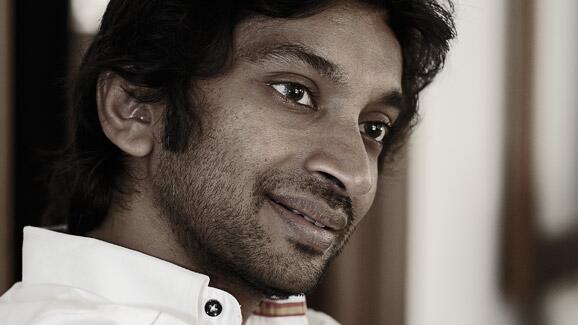
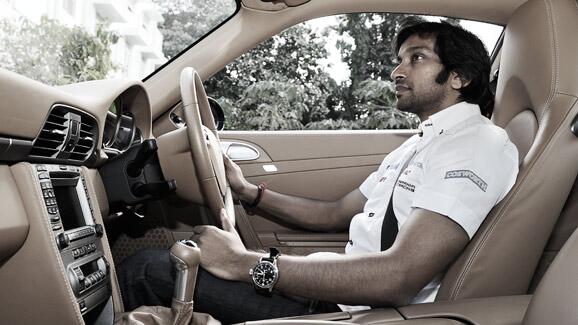
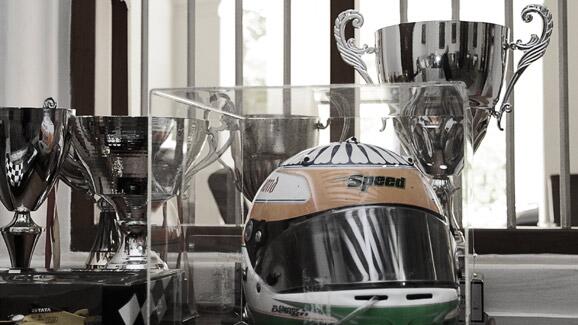
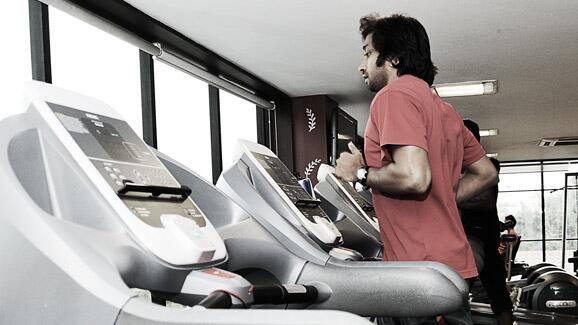
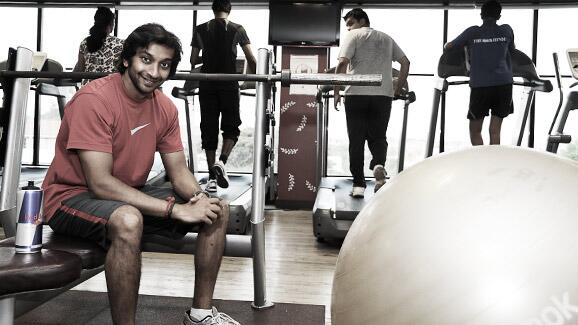
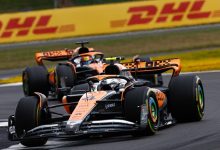
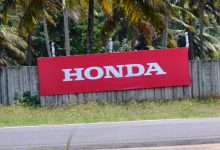
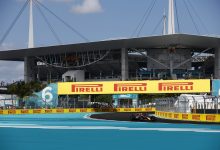
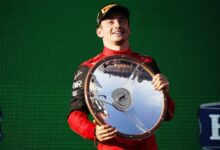
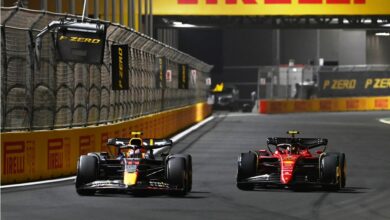


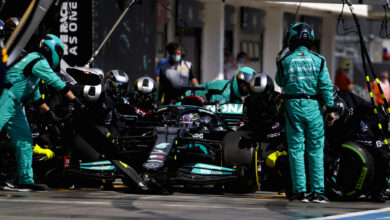
[…] Karthikeyan, dubbed as the Fastest Indian in the World, is the reason for this website. I last met Narain at his house in 2012 for an interview when TopGear of BBC commissioned `Yours Humbly’ to do a story. Many do not know that, INDIA in F1 was started by three […]